Table of Contents
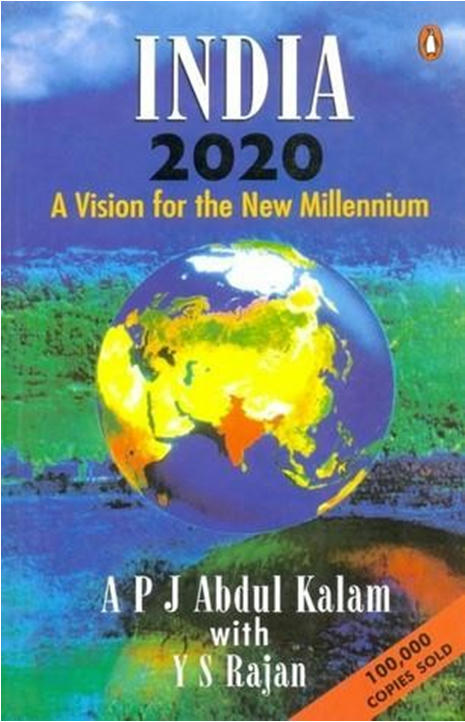
- Book, written by late former President of India A P J Abdul Kalam & Dr. Y S Rajan in 1998.
- Examines the weaknesses & strengths of India.
- Offers a vision of how India can emerge to be among the world’s top four economic powers by the year 2020.
- Spurred on by P.J. Abdul Kalam,
- The Planning Commission came up with an omnibus document that defined and articulated India’s vision 2020.
GROWTH
- In 2000, India was being counted among the then-famous BRIC economies.
- They were supposed to rapidly increase their dominance over the global economy.
- While Brazil and Russia China and India have indeed done well.
Expectations-
- Annual GDP growth rate would be between 5% and 9% over the next 20 years.
- India would move from being a least developed country (LDC) to an upper-middle-income country.
- India’s rank in the World Bank’s classification of economies would go from 11th in 2000 to 4th in 2020.
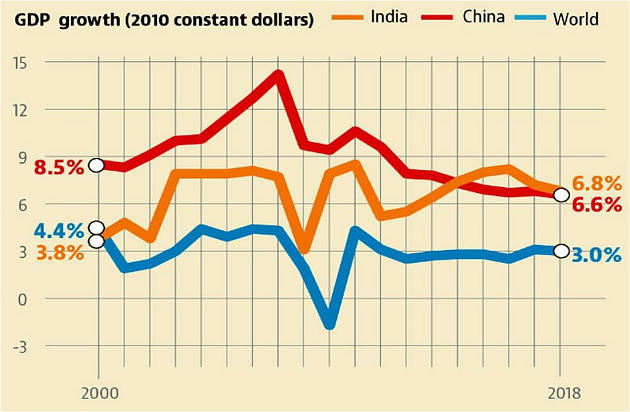
What we achieved?
- On this front, India did move very fast.
- It was no longer an LDC even by the end of the first decade of the millennium.
- However, this was not enough to reach the upper-income bracket where China
- India remains a lower-middle- income economy.
GDP IN NOMINAL
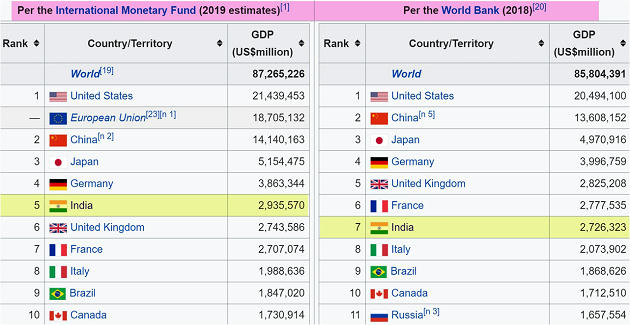
POVERTY
Expectations-
- Higher growth would result in quadrupling of the real per capita income.
- Poverty would be completely eliminated.
What we achieved?
- According to the United Nations’ 2019 Multidimensional Poverty Index (MPI), India lifted 271 million people out of poverty between 2006 and 2016.
- This was the fastest reduction in the MPI values during the period, with strong improvements in areas such as assets, cooking fuel, sanitation and nutrition.
- Poverty could, however, not be eliminated, as envisioned 19 years ago.
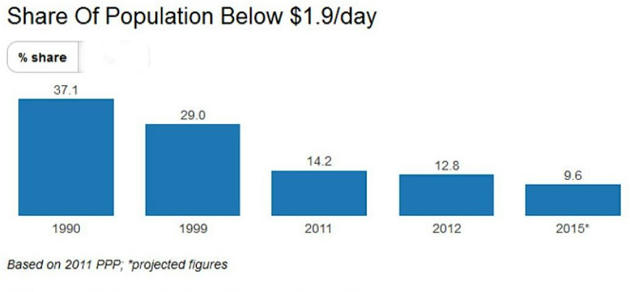
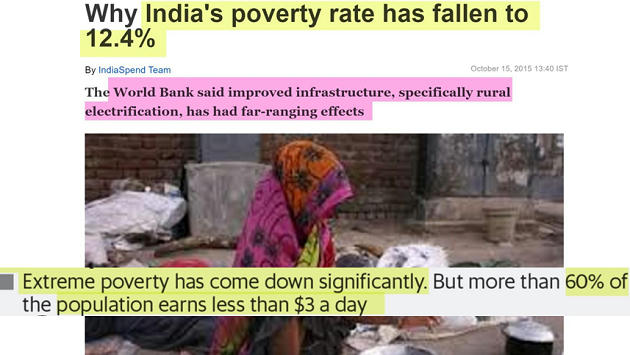
DEMOGRAPHICS & JOBS
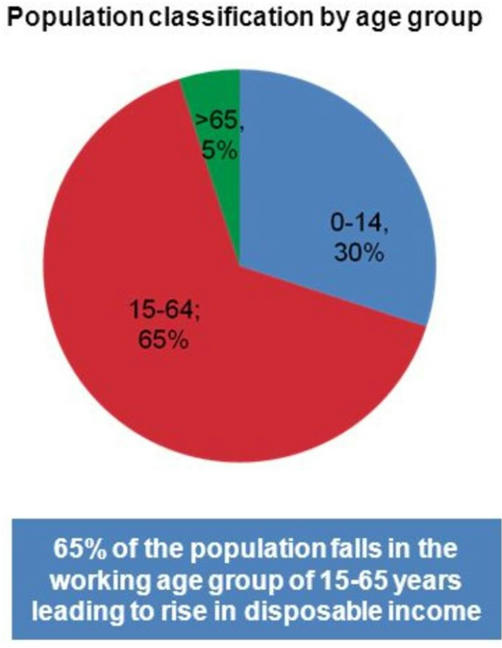
Expectation-
- Life expectancy that was 64 years in 2000 to grow to 69 years in 2019.
- Providing more employment opportunities through skilling 500 million people.
What we achieved?
- Sadly the goal of providing skill was not realized and it remained a distant dream.
- The percentage of skilled youth moved up marginally from 2% in 2000 to 4.4% by 2019.
- The country has been seeing jobless growth for nearly two
- The rate of unemployment is at a 45-year high, with the educated unemployment rate rising to more than 23%.
EDUCATION
Expectations-
- To provide education to all.
- To provide quality education.
- The country would require at least 1,500 universities by 2020 to provide education to its youth.
What we achieved?
- The education story is a mixed one.
- Enrolments have gone up significantly, with big moneys spent on midday meal schemes, Sarva Shiksha Abhiyan and village school buildings.
- What is really a matter of concern is that despite nearly complete enrolment at the primary level, very few youth reach college.
- The quality of education is abysmal.
- ASER survey shows the prevalence of learning deficit.
- There are 993 universities today compared to the 642 universities in 2011-12 and 229 in 1998.
- So we are still more than 500 universities short.
- Only one-fourth of our youth in the 18-24 age group is going to college and university.

HEALTH
Expectation-
- Health for All, we promised.
What we achieved?
- With huge supply-side problems, this vision is as far from being reached.
- The private sector caters to 75% of outpatient care and 60% of inpatient care.
- An estimated 60 million Indians are pushed into poverty every year because they are forced to spend nearly half their annual household income on medical needs.
- There is one government hospital bed for every 614 people in Goa compared to only one for 8,789 people in Bihar.
- Although the government has introduced a very ambitious programme Ayushman Bharat.
- But it suffers from gross under supply of doctors even as it increases demand substantially.
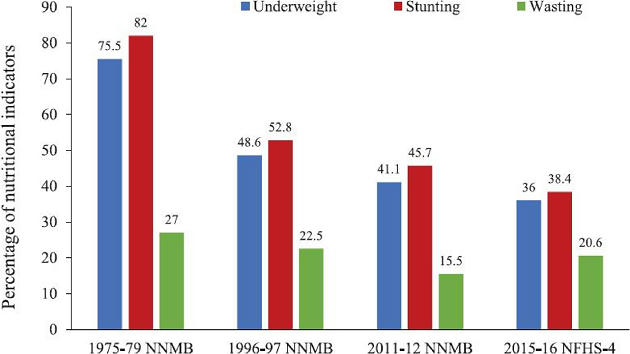
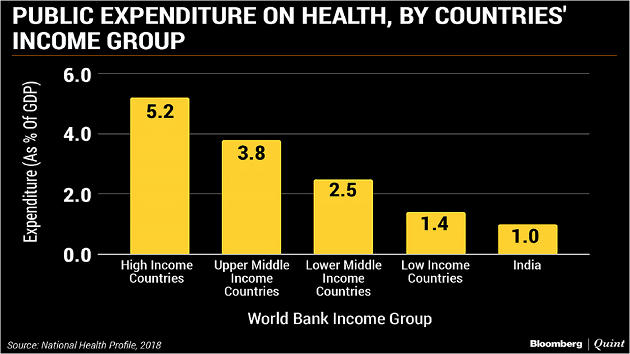
WHAT SHOULD BE OUR MAIN FOCUS?
- Expenditure on human development must rise
- Universal healthcare, Easy access to quality education, Elimination of hunger, Provision of sanitation infrastructure, Pollution control.
- One leading indicator of growth and development in any economy is urbanization.
- India’s population remains persistently rural, particularly in the east.
- With its 35% urban population today,
- India is way behind most developed countries where the share is upwards of 50%.
CONCLUSION
- India continues to be an economy with great potential, but will need concerted efforts in the next 20 years if it must go on to become a developed country by 2040.
Latest Burning Issues | Free PDF






















 WhatsApp
WhatsApp